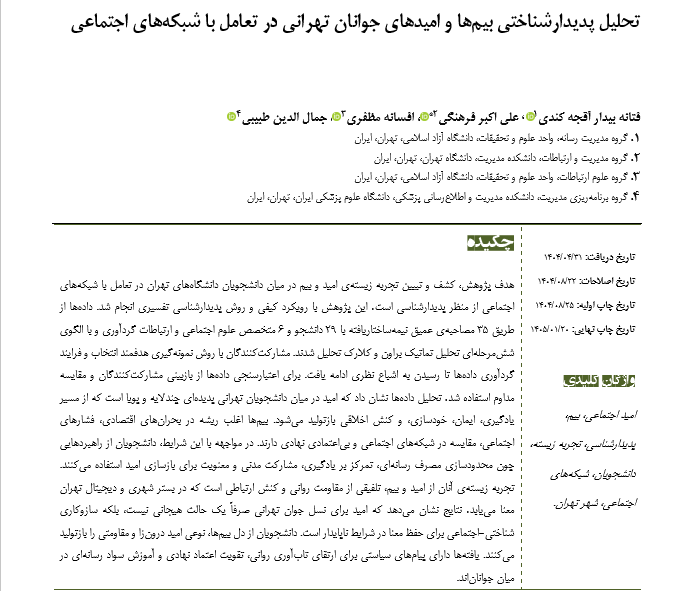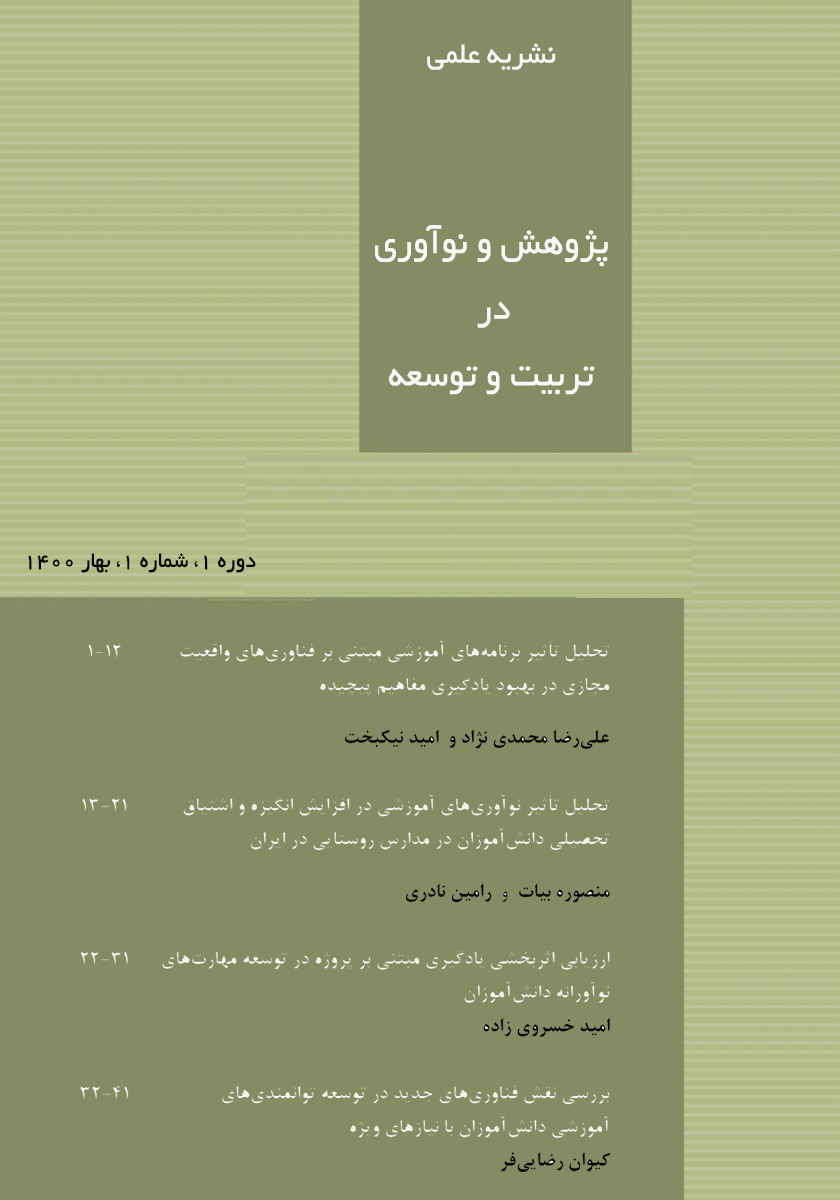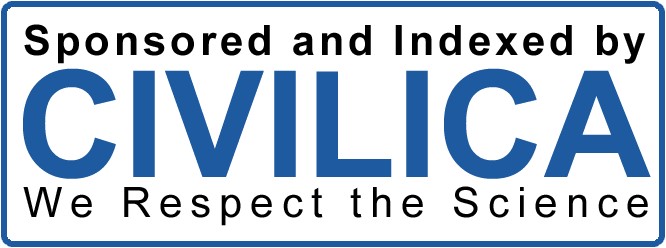A Phenomenological Analysis of Fears and Hopes of Tehran Youth in Interaction with Social Networks
Keywords:
Social Hope, Fears, Phenomenological Analysis, Lived experience, Students, TehranAbstract
This study aims to explore and interpret the lived experience of hope and fear among university students in Tehran in their interaction with social media from a phenomenological perspective. Using a qualitative phenomenological approach, data were collected through 35 semi-structured in-depth interviews with 29 students and 6 experts in social sciences and communication. Data were analyzed based on Braun and Clarke’s six-step thematic analysis model. Participants were selected through purposive sampling, and data collection continued until theoretical saturation was reached. Credibility was ensured through participant validation and constant comparison techniques. The findings revealed that hope among Tehran students is a multidimensional and dynamic phenomenon rooted in learning, faith, self-development, and moral action. Fears primarily stem from economic instability, social pressure, media-driven comparison, and institutional distrust. Students cope with these challenges by employing strategies such as limiting social media exposure, focusing on learning and creativity, civic engagement, and spirituality. Their lived experience represents a dialectic of resistance and meaning-making within Tehran’s socio-digital environment. Hope for the young generation in Tehran is not merely an emotional state but a cognitive-social mechanism for maintaining meaning amid instability. Despite pervasive fears, students reconstruct an intrinsic and resilient form of hope. The results carry policy implications for enhancing psychological resilience, institutional trust, and media literacy education among youth.
Downloads
References
Schneider SL. The science of hope: An insight into the biology, psychology, and philosophy of hope: Springer; 2011.
Afrasiabi H, Khoubyari F, Ghoodrati Se, Dashtizad S. Social Factors Related to Youth Hope for the Future (A Study of Students at Universities in Yazd City). Strategic Studies of Sport and Youth. 2016;15(31):75-88.
Ellison NB, Steinfield C, Lampe C. Connection strategies in online social networks. Journal of Computer-Mediated Communication. 2011.
Vogel EA, Rose JP, Roberts LR, Eckles K. Social comparison, social media, and self-esteem. Psychology of Popular Media Culture. 2014;3(4):206-22. doi: 10.1037/ppm0000047.
Wirtz D, Tucker A, Briggs C, Schoemann AM. How and why social media affect subjective well-being. Journal of Happiness Studies. 2021;22(4):1673-91. doi: 10.1007/s10902-020-00291-z.
Shan J, Xu T. The role of hope, academic thriving, and adaptive coping in fostering peace of mind among university students: A mixed-methods study. Frontiers in Psychology. 2025;16:1510244. doi: 10.3389/fpsyg.2025.1510244.
Roberts JA, David ME. The Social Media Party: Fear of Missing Out (FoMO), Social Media Intensity, Connection, and Well-Being. International Journal of Human-Computer Interaction. 2019. doi: 10.1080/10447318.2019.1646517.
Steinfield C, Ellison NB, Lampe C. Social capital, self-esteem, and use of online social network sites. Journal of Applied Developmental Psychology. 2008. doi: 10.1016/j.appdev.2008.07.002.
Valenzuela S, Park N, Kee KF. Is there social capital in a social network site? Journal of Computer-Mediated Communication. 2009.
Zhao S, Grasmuck S, Martin J. Identity construction on social networking sites. Computers in Human Behavior. 2008.
Parsamehr M, Emamalizadeh H. The Status and Trend of Hope in Iranian Society Based on National Survey Data. Iranian Journal of Sociology. 2022;23(3):3-28.
Mashayekhi M, Jafariniya G, Pasalvarzadeh H. Investigating the Relationship Between Trust in Governance Quality and Social Hope among Youth in Bushehr City. Iranian Political Sociology Monthly. 2022;5(12):2273-94.
Safari Shali R, Tavafi P. Investigating the Level of Hope for the Future and its Effective Factors among Tehran Citizens. Welfare Planning and Social Development. 2018;9(35):117-57.
Mardanifar F, Zahirinia M, Rastgar Y. Social Capital and Hope for the Future among Students (A Study of Universities in Bandar Abbas City). Journal of Social Capital Management. 2019;6(1):85-104.
Chegeni M, Shahrbabaki PM, Shahrbabaki ME, Nakhaee N, Haghdoost A. Why people are becoming addicted to social media: A qualitative study. Journal of Education and Health Promotion. 2021;10(1):175. doi: 10.4103/jehp.jehp_1109_20.
Chegeni M, et al. Prevalence and motives of social media use among the Iranian population. Journal of Environmental and Public Health. 2022;2022(1):1490227. doi: 10.1155/2022/1490227.
Kamalikhah T, et al. The impacts of excessive use of social media on Iranian adolescents' health. Middle East Journal of Rehabilitation and Health Studies. 2021;8(4). doi: 10.5812/mejrh.109561.
Bandura A. Self-efficacy: The exercise of control: Freeman; 2008.
Bandura A. Exercise of personal agency through the self-efficacy mechanism. Self-efficacy: Taylor & Francis; 2014. p. 3-38.
Putnam RD. Bowling alone: The collapse and revival of American community: Simon & Schuster; 2000.
Husserl E. Phenomenology and the foundations of the sciences: Springer Science & Business Media; 2001.
McQuail D. Mass communication theory: An introduction: Sage Publications, Inc.; 1987.
Taheri Damneh M, Kazemi M. A Futures Studies Reading of the Problematics of Social Hope in Iran. Strategic Social Issues Research. 2020;9(3):49-80.
Goldman A. Social Epistemology. Translator: Mahdi Ra'nani, First Edition ed2016.

Downloads
Published
Submitted
Revised
Accepted
Issue
Section
License
Copyright (c) 2025 Fataneh Bidar Aghjehkandi (Author); Ali Akbar Farhangi (Corresponding author); Afsaneh Mozaffari, Jamaluddin Tabibi (Author)

This work is licensed under a Creative Commons Attribution-NonCommercial 4.0 International License.










